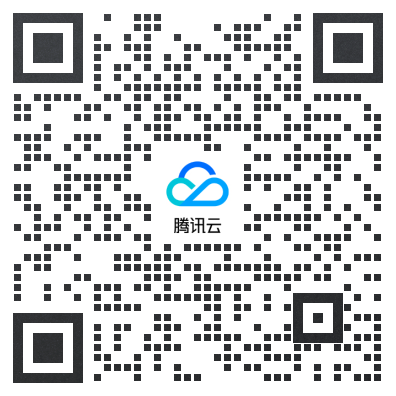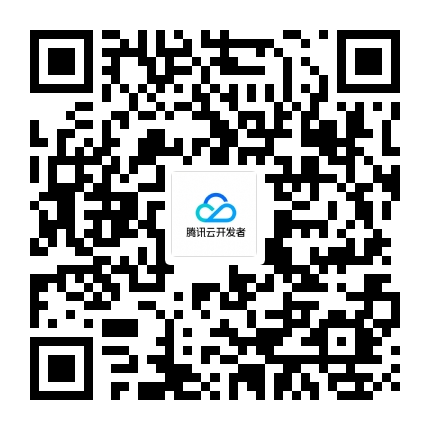如何在TCL列表中获取“多字”、“单字”和空字符串?我得到一个“非统一的”大括号格式化字符串的列表
在TCL中,可以使用以下方法来获取TCL列表中的“多字”、“单字”和空字符串:
- 获取“多字”字符串:使用TCL的字符串操作函数,例如
string length函数可以获取字符串的长度,通过判断长度是否大于1来确定是否为“多字”字符串。
set myList {apple banana orange}
set multiCharList [list]
foreach item $myList {
if {[string length $item] > 1} {
lappend multiCharList $item
}
}- 获取“单字”字符串:同样使用字符串操作函数,通过判断长度是否等于1来确定是否为“单字”字符串。
set singleCharList [list]
foreach item $myList {
if {[string length $item] == 1} {
lappend singleCharList $item
}
}- 获取空字符串:使用TCL的条件判断语句,通过判断字符串是否为空来确定是否为空字符串。
set emptyStringList [list]
foreach item $myList {
if {$item eq ""} {
lappend emptyStringList $item
}
}以上代码示例中,$myList是一个TCL列表,包含了一组字符串。通过遍历列表中的每个元素,使用条件判断和字符串操作函数来筛选出符合条件的字符串,并将其添加到对应的列表中。
对于“非统一的”大括号格式化字符串的列表,可以使用TCL的regexp函数进行匹配和提取。具体的处理方式取决于字符串的具体格式和规则。在这里,我们假设字符串的格式为{string1} {string2} {string3},即每个字符串都被大括号包围,并且每个字符串之间由空格分隔。
set myString "{apple} {banana} {orange}"
set extractedList [list]
regexp -all {\{([^}]*)\}} $myString match -inline
for {set i 1} {$i < [llength $match]} {incr i} {
lappend extractedList [lindex $match $i]
}以上代码示例中,使用regexp函数和正则表达式{\{([^}]*)\}}来匹配大括号中的内容,并将匹配到的字符串添加到extractedList列表中。
请注意,以上代码示例仅为演示目的,实际应用中需要根据具体情况进行适当的修改和调整。
关于TCL的更多信息和详细用法,请参考腾讯云的TCL开发文档:TCL开发文档
相关·内容
扫码
添加站长 进交流群
领取专属 10元无门槛券
手把手带您无忧上云

 云服务器
云服务器 ICP备案
ICP备案 实时音视频
实时音视频 对象存储
对象存储 即时通信 IM
即时通信 IM
